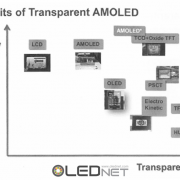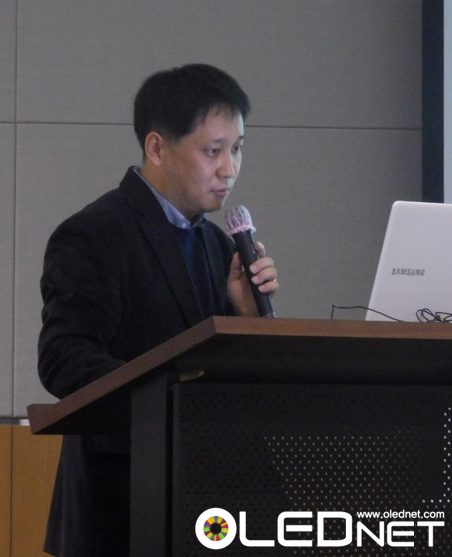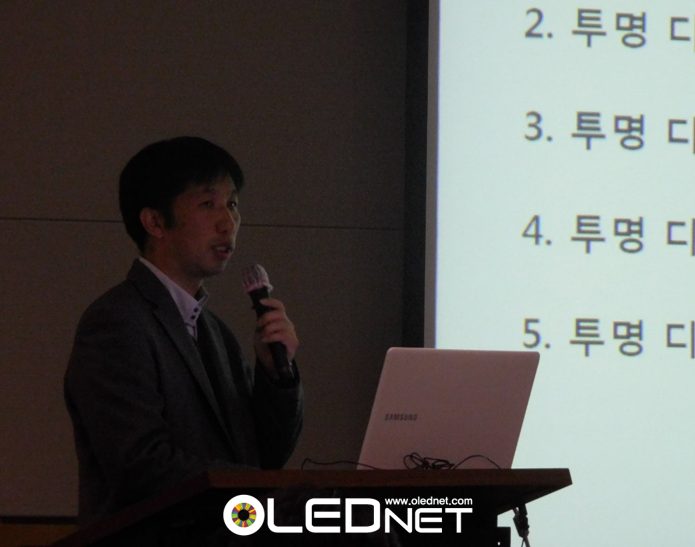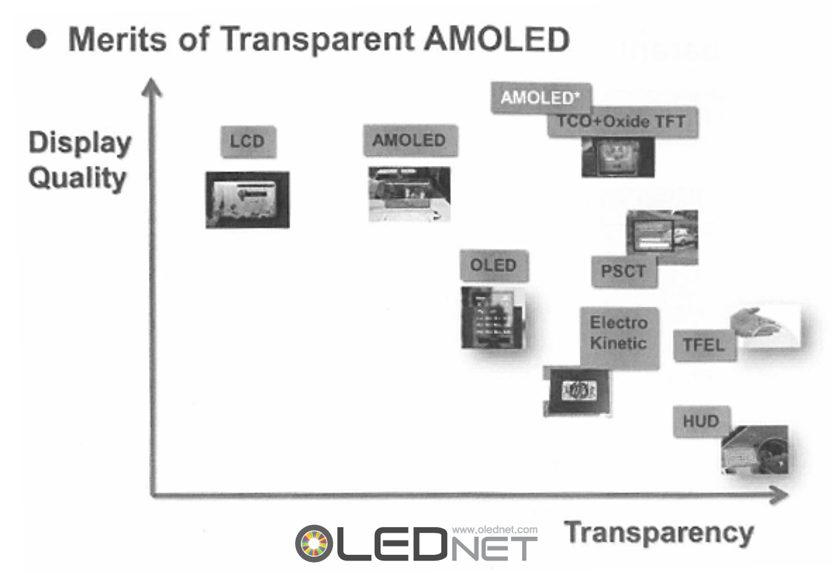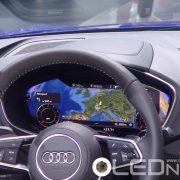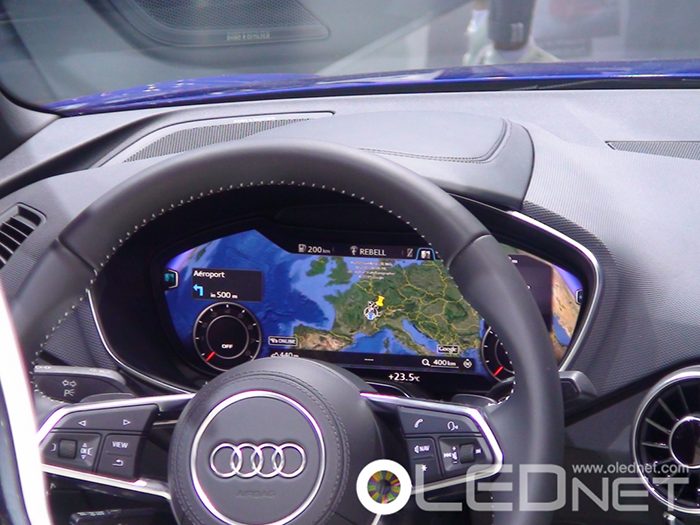[Automotive Display Seminar] Automotive Display, Urgent Transparent Display Technology Development Needed
By Choong Hoon Yi
On November 13, Automotive Display Development Technology and Commercialization Planning seminar was hosted by Educational Center of Future Technology in Yeouido, South Korea.
KATECH (Korea Automotive Technology Institute)’s Dr. Sun-Hong Park explained that “as the automotive display market grows, display market’s domain is expanding” and announced “market for CID (Central Information Display) that mainly functions as navigation device and HUD (Head Up Display) that can show mileage and speed is steadily growing since 2008 and it is anticipated to grow considerably in future”. He added that particularly, 7inch or larger CID is increasing its market share in display market and that CID is becoming larger. He also mentioned that with the increase of traffic accidents from driver’s lack of attention to the road, HUD that can show information on the front window is necessary. However, legibility issues due to brightness and reflectiveness and technological issues such as integration with other display device need to be solved.
Dr. Chi-Sun Hwang of ETRI (Electronics and Telecommunications Research Institute) compared display technology that can actualize transparent display, and technological issues to be solved in order for it to be applied to automotive. Hwang explained that although display technology that can produce transparent display include LCD, OLED TFEL (thin film EL), HUD (projection) among others, AMOLED is the most suitable considering resolution and transmittance. Although LCD technology level is at commercialization stage, as the transmittance is not high it can interfere with the driver’s viewing field. He also added that “poly Si TFT technology performance is good, transmittance is limited. However, oxide TFT technology’s transmittance is high and performance is continuing to improve, it needs to be more actively developed”. To be used as an automotive display, it has to meet certain conditions such as temperature, production cost, and brightness to be an automotive component as well as being placed in the suitable location in the driver’s viewing field; compared to other general display, automotive display is facing higher number of technical issues.
With the focus on the transparent display from automotive display industry, the interest in the technology needed for the application to automotive is also increasing. In order to lead the automotive display market, understanding of automotive components’ characteristics and effort to solve the diverse issues facing the optimized driving condition are required as well as knowledge of display itself.





